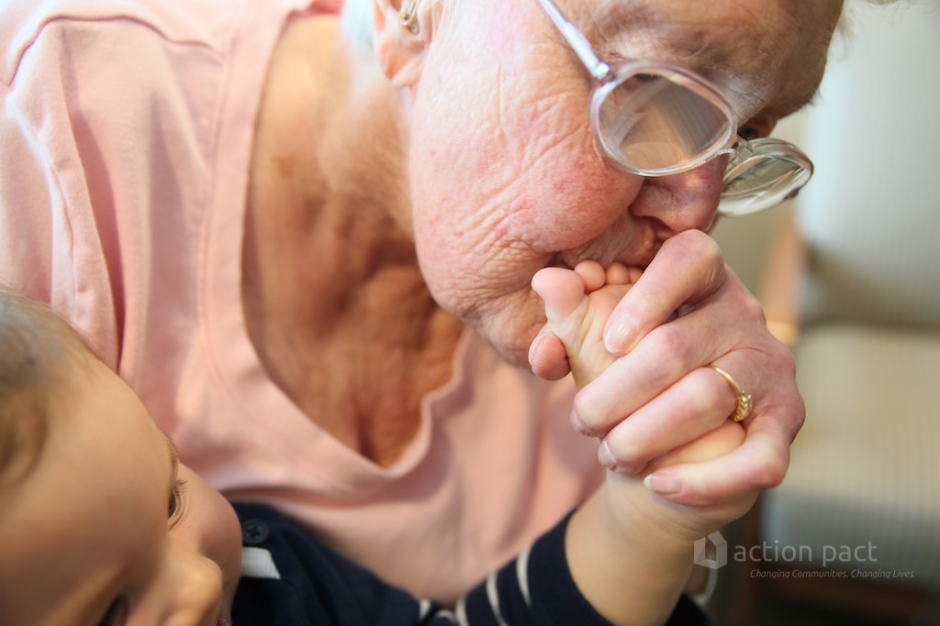Driving home the other day I heard an interview that caught my attention. It was a reporter/writer that had spent a lot of time studying South Africa over the years. He focused on a visit where he was invited in to see Nelson Mandela, who was in his later years. Mr. Mandela apparently often made jokes to get conversations started, but this one had a jab in it, the reporter said. Mr. Mandela said something about how nice it was that someone would come visit an old man with nothing new to say. Mandela went on to say he had done what he could do, and then asked the reporter what it was he had done? That stopped the reporter in his thoughts, and he found himself asking that very question. And, listening in my car, I found myself asking myself that very question.
While I am no expert on Nelson Mandela, I do know that he was a man who saw things that were not right, and so he fought to change them. This, of course, is why many people have stood up and faced their own fears: to fight for what they thought was right. It is why I joined the culture change movement years ago.
Mandela faced oppression in every facet of life. The institutional, medical model that remains in long-term care creates its own type of oppression. Mandela’s wisdom and ideology in battling oppression can teach us and guide us, or irritate us enough to stand up. Here are some quotes from Mandela that speak to our many culture change struggles:
“There is no such thing as part freedom.”
“There is no passion to be found playing small – in settling for a life that is less than the one you are capable of living.”
“After climbing a great hill, one only finds that there are many more hills to climb.”
“I learned that courage was not the absence of fear, but the triumph over it. The brave man is not he who does not feel afraid, but he who conquers that fear.”
For those new to this movement to change long-term care Mandela might say to you:
“It always seems impossible until it’s done.”
And another thing that is for some reason so hard for us to do:
“Forget the past.”
I count myself lucky and am proud to have worked with so many amazing people in this culture change movement, and more specifically within so many great places where amazing changes have taken place. The layers of oppression have been peeled back for some. New lifestyles and families are being created in households across the country. But if Mandela were to ask me, “So what have you done,” my answer would be, “Not enough!”
There is still much work to be done. Many souls and dreams remain imprisoned in task-based systems that rule the day in so many places. We need to stoke the fires of passion for change. We need to remind ourselves of the urgent need for change. We must continue to learn from each other, for as Mandela says, “Education is the most powerful weapon which you can use to change the world.”
And one last poke by the late Nelson Mandela, may his wisdom continue to change the world:
“Any man or institution that tries to rob me of my dignity will lose.“
If you are looking for information on where to start or what to do next, explore our website where you will find information on learning circles, workshops focusing on specifics areas of change, and PersonFirst®. And help support and inspire others who are working to change elder care by sharing your success stories and plans for 2014 in our comments section.

Glenn Blacklock has a Master of Arts in Leisure Studies with emphasis in Therapeutic Recreation. As Administrator of Big Meadows Nursing Home he led the organization through their culture change journey. Glenn is the creator of the Action Pact workshop Unlock the Life Within and, in his current role with Action Pact, has guided nursing homes across the country through their transformation to households.




 spoken in greeting, but I don’t think she had to say anything. Her actions spoke louder than words, and those actions offered the warmest welcome possible.
spoken in greeting, but I don’t think she had to say anything. Her actions spoke louder than words, and those actions offered the warmest welcome possible.




